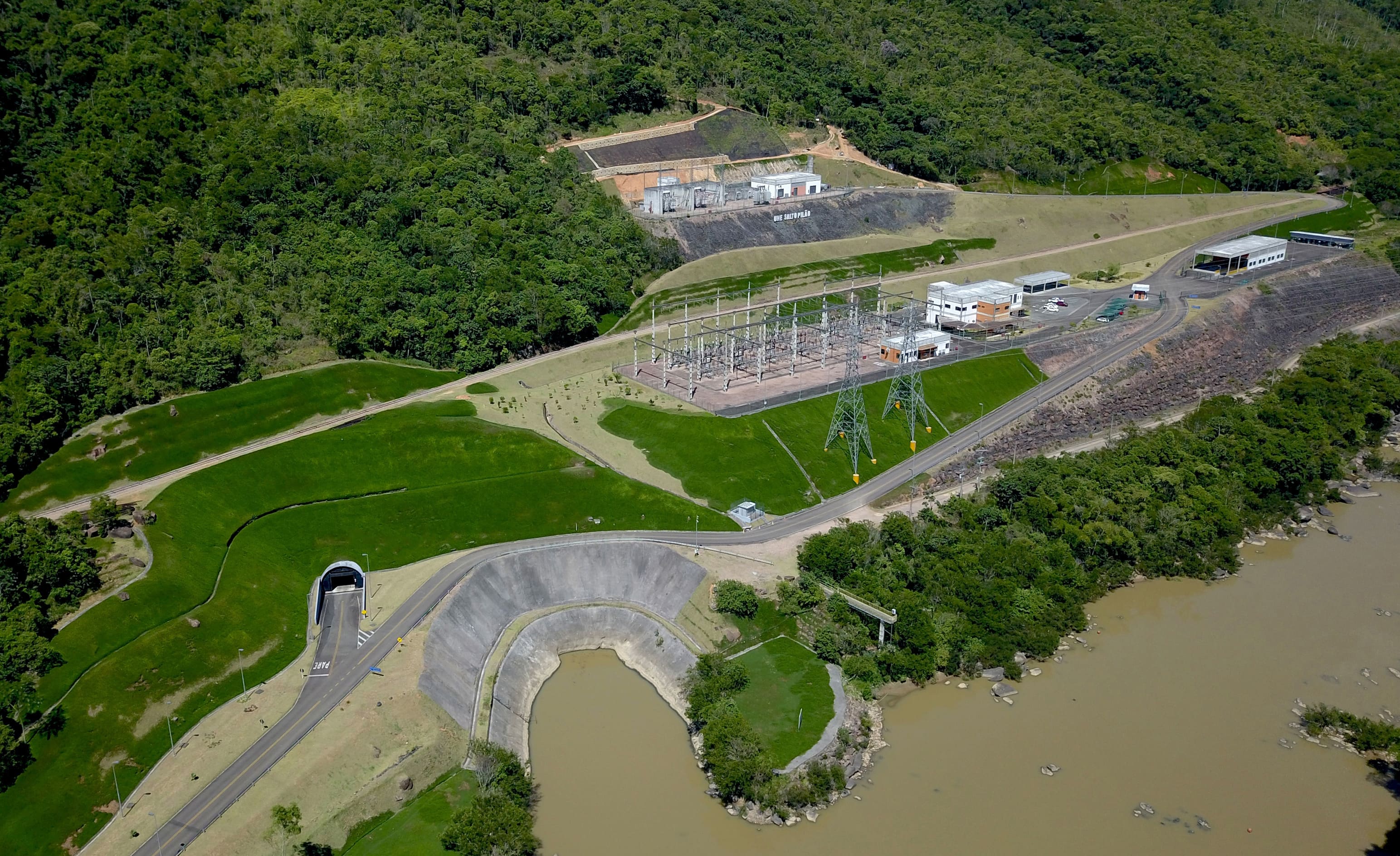Tonnes of CO2eq Compensated
8.971,097
Project Type
Renewable Energy
Biome
Atlantic Forest
Location
Lontras
Status
Active
Standard
VCS
The Salto Pilão Hydroelectric Plant produces renewable energy with low environmental impact, reducing dependence on fossil fuel-fired thermal power plants and, consequently, reducing greenhouse gas emissions. Located in Santa Catarina, the plant uses only 0.15 km² of flooded area to serve 1 million inhabitants. To preserve natural resources, 24 environmental programs have been implemented and are continuously monitored, contributing to the economic and social sustainability of the region. Through the project, over 4,500 tons of carbon emissions have been avoided, and more than 450 people have benefited.
Learn More
Located in a beneficial topographic area, there is no need for a large water reservoir, with only about 0.15 km2 of flooded area to operate the plant, significantly reducing environmental impact compared to plants with more traditional operation concepts. Overflow water not used in electricity generation follows the river's natural path.
There is also no need to relocate the local population, which is often necessary with hydroelectric plants with larger reservoirs.
With its implementation, the generation of renewable energy was guaranteed, reducing the demand on the national electrical system, avoiding negative impacts such as the use of fossil fuel thermoelectric plants. The project promotes regional economy, increasing the quality of life for local communities.
The project has also developed 24 environmental programs aimed at preserving the region's natural wealth during the construction of the enterprise. Projects that address physical aspects (water, soil, air) as well as biotic aspects (fauna and flora) are maintained and monitored to this day, giving credibility to the work developed.
Social Benefits
Location
What are the project SDGs
The project Salto Pilão Hydroelectric Power Plant includes 2 of the 17 UN Sustainable Development Goals, which are:

RESPONSIBLE CONSUMPTION AND PRODUCTION
Ensure sustainable patterns of production and consumption. This goal aims to promote production and consumption practices that are more resource-efficient, less polluting, generate less waste, and have reduced environmental impact. This includes promoting efficiency in the use of natural resources, reducing waste, adopting cleaner production practices, and implementing sustainable supply chains. SDG 12 also seeks to raise awareness about the environmental and social impacts of unsustainable production and consumption patterns, encouraging the adoption of more sustainable and responsible lifestyles.

CLIMATE ACTION
Take urgent action to combat climate change and its impacts. This goal aims to address the challenges posed by climate change, including reducing greenhouse gas emissions, adapting to adverse impacts already occurring, and promoting climate resilience. Achieving this goal requires actions at various levels, from local to international, aiming at mitigating emissions, developing adaptation strategies, implementing environmental policies, and mobilizing resources to finance measures to combat climate change. SDG 13 recognizes the urgency of acting to avoid the worst effects of climate change and to protect the environment for future generations.



